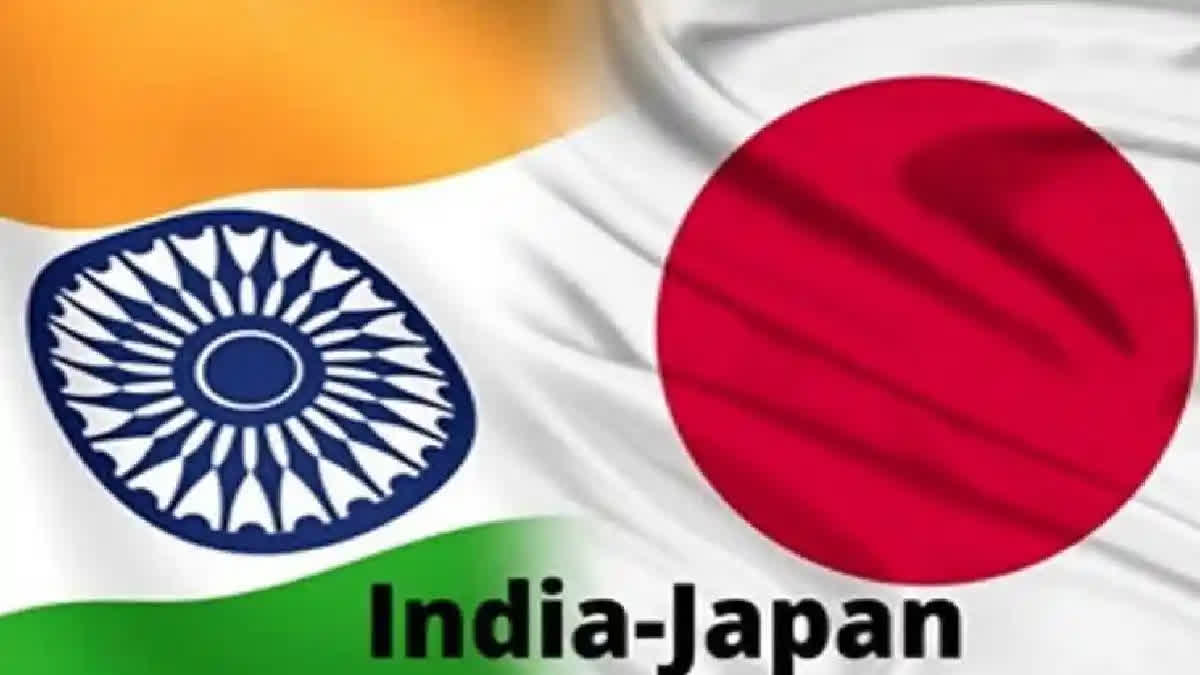New Delhi: Days after Japanese Ambassador to India Hiroshi Suzuki said that his country is taking forward the concept of creating an industrial value chain in India’s northeastern region, the two countries held the annual Act East Forum meeting here Monday. The meeting was co-chaired by Foreign Secretary Vinay Kwatra and Suzuki.
“On the Japanese side, participants included the Embassy of Japan and Japanese government institutions located in Delhi,” the External Affairs Ministry said in a statement. “As part of the Act East Forum, they reviewed the progress of the cross-border survey for improving trade and logistics between India and Bangladesh through Northeast and ongoing projects in various areas, including connectivity, new and renewable energy, urban development, forest management, skill development, agriculture and fisheries, healthcare, capacity building in disaster resilient infrastructure, agro-industries, tourism and cultural exchange, and Japanese language education. They also exchanged views on possible new areas of cooperation.”
In 2017, India and Japan established the Act East Forum with the aim of enhancing the development of India’s northeastern region and fostering connectivity within this area as well as between the Northeast and Southeast Asia. The establishment of the Forum underscored the convergence of Japan's Free and Open Indo-Pacific and India’s Act East Policy. In alignment with this shared vision, both countries have committed to launching a comprehensive initiative dedicated to the sustainable development of the northeastern region. This initiative is designed to complement the ongoing developmental efforts led by the state governments of the Northeast and the Government of India.
So, why is the Northeast so important in the ties between India and Japan? Two reasons: connectivity in Southeast Asia and security in the Indo-Pacific region. The Indo-Pacific region stretches from the east coast of Japan to the east coast of Africa. Both India and Japan agree that the 10-nation Association of Southeast Asian Nations (ASEAN) regional bloc has to play a central role in the peace and prosperity of the region.
India and Japan share a ‘Special Strategic and Global Partnership’. In December 2017, India and Japan established the Act East Forum, which aimed at providing a platform for India-Japan collaboration under the rubric of India’s Act East Policy and Japan’s Vision of a Free and Open Indo-Pacific. The Forum identifies specific projects for economic modernisation of India’s Northeast such as those pertaining to connectivity, development infrastructure, industrial linkages as well as people-to-people contacts.
Under the Act East Policy, the Northeast, which shares historical and traditional bonds with the ASEAN region, is seen as the springboard for India’s increasing engagements with Southeast Asia and New Delhi has roped in Tokyo in a big way. Japan’s role in development work in the Northeast is also expected to boost connectivity between the member states of the BIMSTEC sub-regional grouping.
The Bay of Bengal Initiative for Multi-Sectoral Technical and Economic Cooperation (BIMSTEC), which came into existence in 1997, comprises seven countries lying in the littoral and adjacent areas of the Bay of Bengal--Bangladesh, Bhutan, India, Myanmar, Nepal, Sri Lanka and Thailand--membership in the bloc allows India to engage more with the extended neighbourhood in Southeast Asia under New Delhi's Neighbourhood First Policy via northeastern India. This will also help keep in check China's growing influence in the region through Chinese President Xi Jinping's pet Belt and Road Initiative (BRI) project.
Various projects involving over Rs 19,100 crore of assistance from the Japan International Cooperation Agency (JICA) are being implemented in the Northeast. These include the National Highway between Shillong and Dawki, the National Highway between Tura and Dalu--both in Meghalaya--and the one between Aizawl and Tuipang in Mizoram. There will also be a corridor linking Gelephu, the border area between Assam and Bhutan and Dalu, the border town between Bangladesh and Meghalaya, in collaboration with the Asian Development Bank (ADB).
This will include the Dhubri-Phulbari bridge project across the river Brahmaputra, which will be the longest river bridge in India when completed, as part of the Northeast Road Network Connectivity Improvement Project. The development of main district roads (MDRs) and other district roads (ODRs), which will have a positive socio-economic effect is also a key part of these infrastructure projects. Other infrastructure projects funded by JICA like the Matarbari port in Bangladesh are expected to provide an entry point for Indian businesses to establish a foothold in Southeast Asia.
In March 2022, JICA signed a loan agreement with the Government of India to provide Rs 1,492 crore for the Northeast Road Network Connectivity Improvement Project for the National Highway between Khowai and Sabroom in Tripura. Biodiversity conservation and forest management projects are also part of JICA’s development assistance in the Northeast. These include the Sikkim Biodiversity and Forest Management Project, the Nagaland Forest Management Project, the Project on Capacity Enhancement for Sustainable Agriculture and Irrigation Development in Mizoram, the Project for Sustainable Catchment Forest Management in Tripura, and the Project for Community-based Forest Management and Livelihoods Improvement in Meghalaya.
